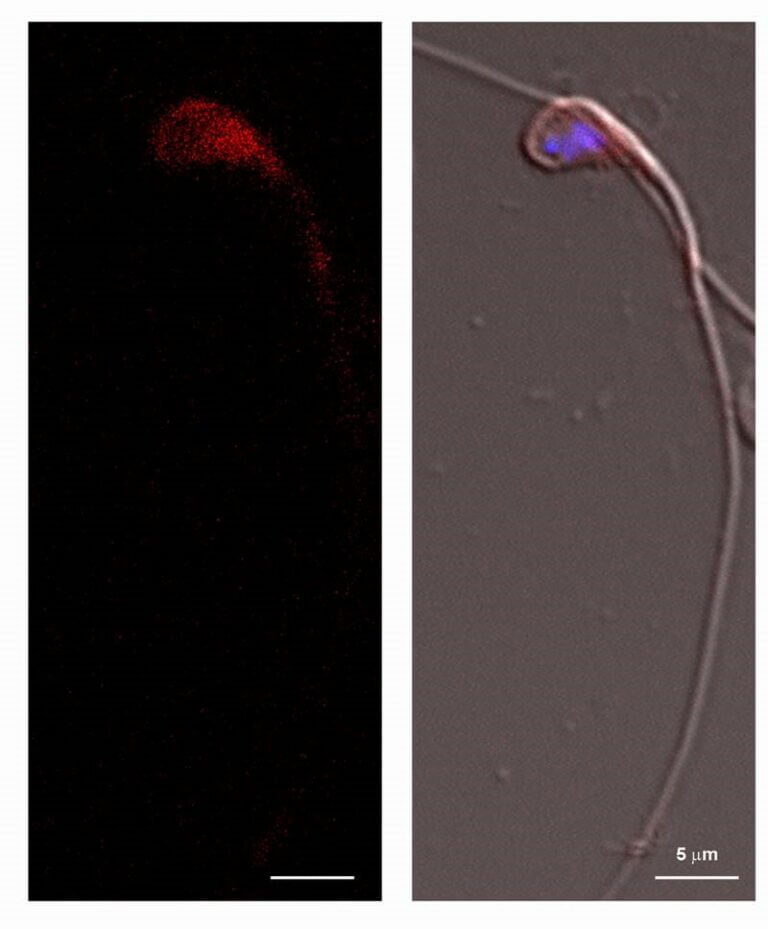On the spectrum of disorders caused by a defect in one gene

Hereditary retinal diseases are a subtype of hereditary eye diseases. They are caused by mutations (genetic changes) in various genes that are inherited and can severely damage vision, to the point of blindness. In the retina of the eye there are photoreceptor cells, which absorb the light rays we are exposed to. This is how a sharp image is received on the retina and transmitted to the brain. The hereditary retinal diseases cause the death of the light receptors and thus impair vision.
What is the question?
How can one research question unexpectedly expand in unexpected directions?
Prof. Tamar Ben Yosef, a geneticist from the Faculty of Medicine at the Technion, studies hereditary diseases of the eye and in particular of the retina, and in her research discovered many mutations that cause them. "When we discover damage to a gene that is essential for retinal function," she says, "we first check what its original function is, to understand how the disease is caused. Our goal is to promote the research of these diseases and to develop treatments for them because today most of them are incurable. To this end, together with other researchers and doctors, we established the Israeli Consortium for Hereditary Retinal Diseases." Right: sperm cell of a healthy mouse
On the left: the product (protein) of the SCAPER gene (colored in red). The photograph shows that SCAPER is located at the head of the sperm cell, including in the nucleus
One of the mutations discovered by Prof. Ben Yosef and her team is in a gene called SCAPER. They studied an Arab family from the north of the country where there were consanguineous marriages and two daughters with intellectual developmental disabilities and retinitis pigmentosa - one of the most common hereditary retinal diseases. Genetic analysis of the family's data led to the identification of the mutation (at the same time, researchers from Spain identified additional mutations in this gene in people with retinal degeneration and developmental intellectual disability). The SCAPER gene was originally identified as a gene that encodes (translates) a protein that participates in the control of the cell cycle - the division and proliferation of cells - but in the adult retina the cells do not divide, so it is not clear what its role is there. Therefore, in the current study, which won a research grant from the National Science Foundation, the team wanted to check what happens when a mutation is created in a gene; How does it destroy the cells of the retina and the brain and thus cause - as a result of the mutation - retinitis pigmentosa and developmental intellectual disability? This research was carried out at the Faculty of Medicine at the Technion by Dr. Yasmin Tator as part of her doctoral thesis, under the guidance of Prof. Ben Yosef, and with the help of Prof. Ruth Shelgi and Dr. Hadas Bar Yosef from the Faculty of Medicine at Tel Aviv University.
The researchers intended to examine retinal and brain cells of mice (male and female) with a mutation in SCAPER. When they tried to breed them to increase their number, it did not work. Therefore, they took out the testicles of the males and found that they were small, atrophied and empty. That is, the germ cells in them, which are supposed to divide and produce sperm cells - died. This is due to the damage to the gene, which as mentioned is responsible for the division and reproduction of cells. When the females were paired with healthy males, they did become pregnant but gave birth to very few puppies, compared to healthy females. The researchers analyzed their ovarian cells with molecular methods, and discovered that many follicles die and therefore there is insufficient production of eggs ripe for fertilization.
The researchers surprisingly recognized that a certain mutation can also damage fertility and not only the retina and brain. After that, this finding was reinforced through additional studies done in Israel, where it was found that men with the mutation suffer from damage to the retina, developmental intellectual disabilities - and infertility.
In other words, the researchers surprisingly recognized that a mutation in the SCAPER gene can also damage fertility and not just the retina and brain. After that, this finding was reinforced through additional studies done in Israel, where it was found that men with the mutation suffer from damage to the retina, developmental intellectual disabilities - and infertility. "We still don't know if the three systems - brain, retina and genitals - are affected in every carrier of the mutation," says Prof. Ben Yosef. "There may be patients in whom the mutation will affect only some of these systems. Don't know, the research is still ongoing. I research retinal diseases, I have never researched fertility. Thanks to this research, a new window opened for me - the surprising involvement of SCAPER in the male and female fertility system. It is true that our original question has not been answered yet, but the unexpected research result was fascinating. She demanded that I learn a new system. In addition, it gives fertility researchers additional information, another risk factor to focus on."
Life itself:
Tamar ben Yosef
Prof. Tamar Ben Yosef, 51, is the mother of a 12-year-old boy and lives in Haifa. "I came to this city 17 years ago," she says, "following the move to the Technion - and I fell in love with it. Coexistence here is a daily reality and not just a slogan. Arab students and colleagues are among my closest friends."
More of the topic in Hayadan:
